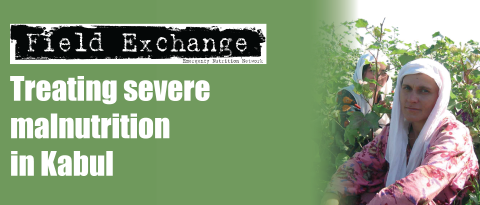Public Nutrition in Complex Emergencies
Published paper1
A recent review of public nutrition in complex emergencies has been published in the LANCET. The paper is based on the personal bibliographic databases of the authors combined with a search of published work using MEDLINE, FirstSearch, Web of Science, JSTOR, ScienceDirect and Ingenta. The paper defines public nutrition as a broad-based, problem- solving approach to addressing malnutrition in complex emergencies that combines analysis of nutritional risk and vulnerability with action-oriented strategies, including policies, programmes, and capacity development.
The paper focuses on six broad areas; nutritional assessment, distribution of a general food ration, prevention and treatment of moderate malnutrition, treatment of severe malnutrition in children and adults, prevention and treatment of micronutrient deficiency diseases and nutritional support for atrisk groups including infants, pregnant and lactating women, elderly people and people living with HIV. The paper concludes that learning and documenting good practice from previous emergencies, the promotion of good practice in current emergencies and adherence to international standards and guidelines have contributed to establishing the field of public nutrition. However, many practical challenges reduce the effectiveness of nutritional interventions in complex emergencies and important research and programmatic questions remain.
Many gaps, challenges and constraints are highlighted in the paper. These include the need for;
- A modified survey methodology for surveys amongst pastoral and other dispersed populations.
- Development of user-friendly tools for assessing micronutrient deficiency diseases using biochemical indicators.
- Further standardisation for the assessment of adolescent and adult nutritional status.
- Implementing a range of food security interventions that enable people to meet their food needs and which address and prevent malnutrition.
- Effective, integrated and feasible nutrition interventions for people living with HIV.
- Further development of guidelines for smallscale fortification interventions at community level.
- Understanding the impact of supplementary feeding programmes at the population and community level especially in the context of inadequate household food security and in relation to alternative interventions.
- Strategies for integration into longer-term health facility services and policies.
- Mechanisms and processes that facilitate policies to be applied in practice.
1Young H, et al (2004); Public nutrition in complex emergencies, The LANCET, vol 365, November 20th, pp 1899- 1909
Imported from FEX website


